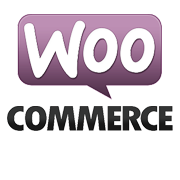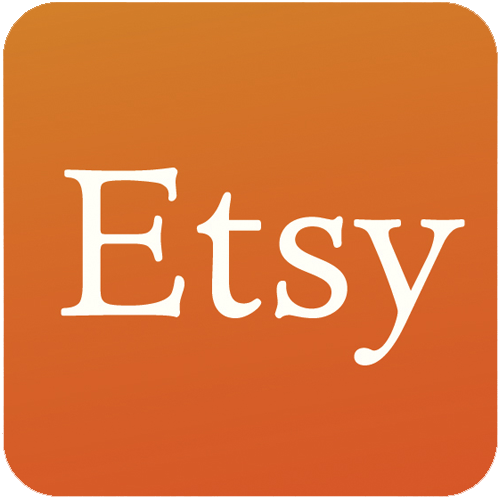How I Started My Own Lingerie Business Side Hustle
Hello! Who are you and what business did you start?
Hello there! My name is Jessica Ding and I started Love Lorn Lingerie.
Love Lorn Lingerie is a handmade brand specializing in bondage-inspired leather harnesses, lingerie and gothic accessories. I’m forever looking for ways to transform the standard “bdsm” look into something higher end, influenced by fantasy, feminism, and self-aware cynicism.
My customers tend to be women who like to feel good and look good, for themselves more than for someone else’s gaze. They are women who chase their own pleasures, who are comfortable in their own skins, or are working their way to becoming comfortable and confident. I hope that my brand can help outfit them on their journey.
At the moment, this business is still a side hustle. Between my online store and the in person events I do, revenue averages to about 1.9k per month. Not bad for something that was started on a whim!

Download the report and join our email newsletter packed with business ideas and money-making opportunities, backed by real-life case studies.

Download the report and join our email newsletter packed with business ideas and money-making opportunities, backed by real-life case studies.

Download the report and join our email newsletter packed with business ideas and money-making opportunities, backed by real-life case studies.

Download the report and join our email newsletter packed with business ideas and money-making opportunities, backed by real-life case studies.

Download the report and join our email newsletter packed with business ideas and money-making opportunities, backed by real-life case studies.

Download the report and join our email newsletter packed with business ideas and money-making opportunities, backed by real-life case studies.

Download the report and join our email newsletter packed with business ideas and money-making opportunities, backed by real-life case studies.

Download the report and join our email newsletter packed with business ideas and money-making opportunities, backed by real-life case studies.



















